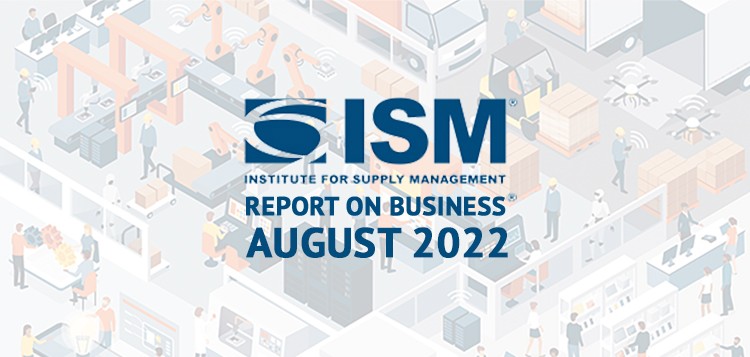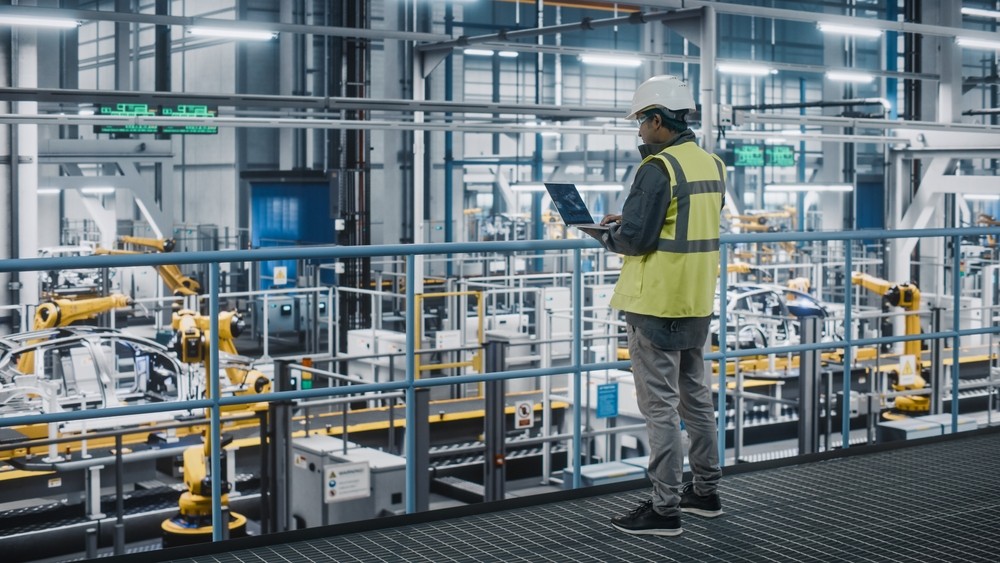August 2022 Manufacturing PMI Holds Steady Despite Volatility

Economic concerns have remained front and center for much of 2022, and while a recession has not come to fruition this year, there’s been plenty of speculation. Instead, the economy has experienced a flatline — at least, according to the August 2022 Manufacturing ISM Report on Business.
August’s Manufacturing PMI was flat, mirroring July’s. And while it’s easy to interpret that as a sign of stability, manufacturing analysts and executives are concerned it might be the plateau before a much-predicted cliff.
Surface stability; volatility underneath
In August, the Report on Business registered a 52.8% PMI, the exact same figure as July. While this continues a 27-month-long streak of expansion in the overall economy, it hints at growth that’s slowing and on the verge of reversal. August — and July by extension — represents the slowest PMI growth since June 2020.
According to August’s report, there’s volatility lurking below the surface of a stagnant PMI. New order rates returned to expansion levels with a 3.3-point increase as supplier deliveries continued to stabilize. Employment also gained 4.3 percentage points, pushing back into positive territory. The biggest movement of the report came as prices softened dramatically, losing 7.5 points.
In contrast to the positives of August’s report, several negatives emerged. Imports and exports both fell, with the latter sinking into contraction territory. Production also took a dip, losing 3.1 points to fall dangerously close to contraction territory. And although inventories fell 4.2 points, some experts predict that sales could surge and inventories rise as an economic slowdown becomes more pronounced.

Prices drop and orders rise, yet outlooks sour
One of the prevailing positives in the manufacturing industry is strong demand. In fact, demand has remained strong since the pandemic bounce back, but it’s only now that manufacturers are able to reliably obtain labor and materials. Material prices in particular have eased in recent months, making it easier for manufacturers to meet backlogged demand for goods.
With gain in employment and new orders, there’s hope of stability on the horizon. Unfortunately, many industry insiders believe it’s short-lived, and that recessionary fears are behind positive gains. According to an executive in the electronics industry, “Demand from customers is still strong, but much of that is because there is still fear of not getting product due to constraints. They are stocking up. There will be a reckoning in the market when the music stops, and everyone’s inventories are bloated.”
Manufacturing insiders are keeping a close eye on the correlation between new orders, production, and inventories through the end of 2022. As prices ease, these variables become volatile, and there’s a growing need to balance supply and demand — a difficult task for manufacturers.
Economic downturn is coming. But when?
While the manufacturing sector holds steady, there are predictions of economic downturn on the horizon. Analysts predict modest growth in both the third and fourth quarters, but they’re also forecasting a modest recession in early 2023. Manufacturers are responding accordingly, taking steps to ease potential downturn by hiring to meet demand.
While no one can pinpoint for certain when a recession could occur, experts generally agree that one is coming. As economic downturn looms, manufacturers must adapt and remain agile when demand inevitably slows.
